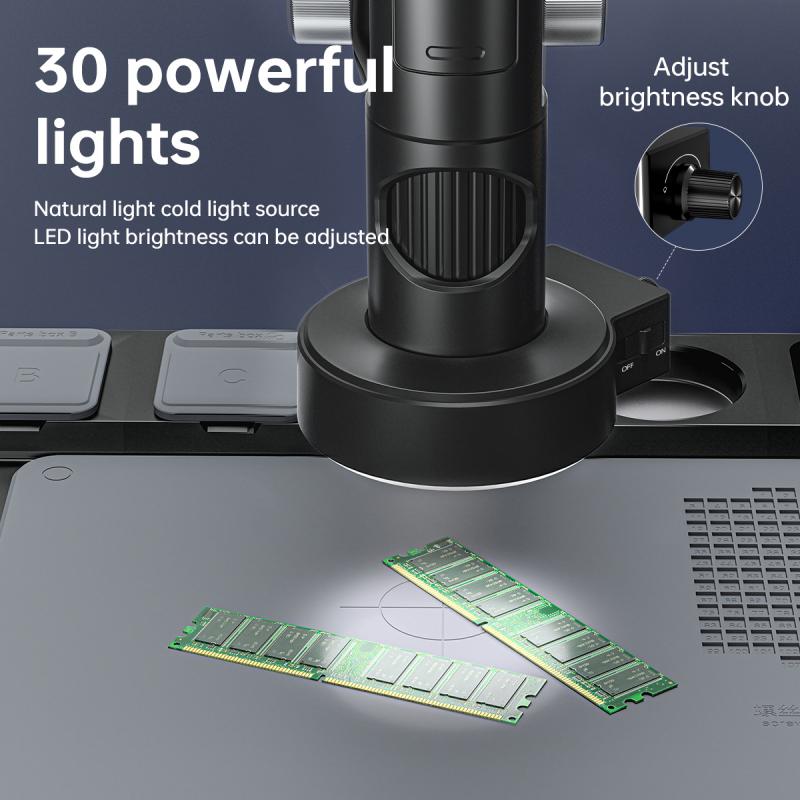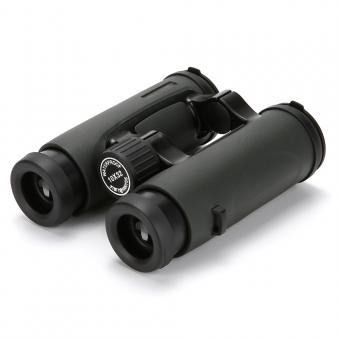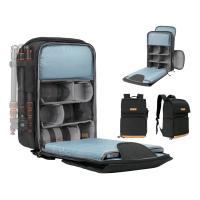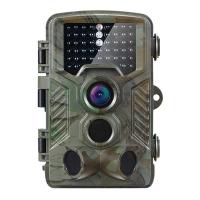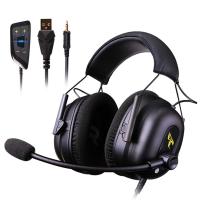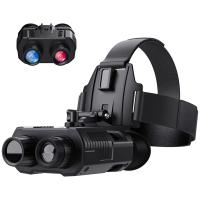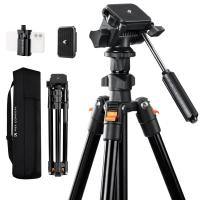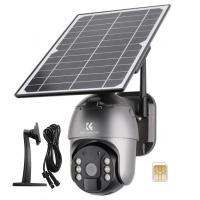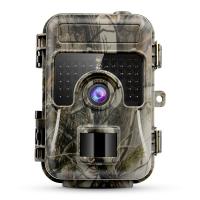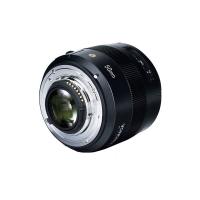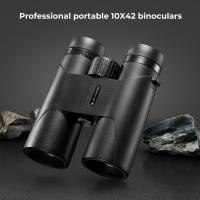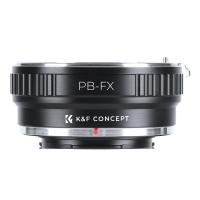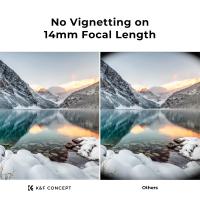What Is A Good Magnification For Binoculars ?
A good magnification for binoculars depends on the intended use and personal preference. For general purposes such as birdwatching or wildlife observation, a magnification of 8x or 10x is commonly recommended. These magnifications provide a good balance between image stability and field of view. Higher magnifications, such as 12x or 15x, can offer more detailed views but may be more challenging to hold steady and have a narrower field of view. It is important to consider factors like the user's hand steadiness, the environment, and the specific purpose when choosing the appropriate magnification for binoculars.
1、 Low magnification (6x-8x) for general use and stability.
A good magnification for binoculars depends on the intended use and personal preferences of the user. However, for general use and stability, a low magnification range of 6x-8x is often recommended.
Low magnification binoculars provide a wider field of view, making it easier to locate and track objects. They also offer better stability, as higher magnifications can amplify hand movements and make it challenging to maintain a steady image. This is particularly important for activities like birdwatching, wildlife observation, and sporting events, where a stable image is crucial for an enjoyable experience.
Moreover, low magnification binoculars are more forgiving when it comes to factors like hand tremors or atmospheric conditions. Higher magnifications tend to amplify these factors, resulting in a shaky or blurry image. By opting for a lower magnification, users can minimize these effects and enjoy a clearer and more stable view.
It is worth noting that advancements in technology have led to the development of image stabilization systems in some binocular models. These systems compensate for hand movements and vibrations, allowing for a steadier image even at higher magnifications. However, such binoculars tend to be more expensive and may not be necessary for general use.
In conclusion, a low magnification range of 6x-8x is generally considered a good choice for binoculars used for general purposes. This range provides a wider field of view, better stability, and is more forgiving of hand movements and atmospheric conditions. However, personal preferences and specific use cases may vary, so it is always recommended to try out different magnifications before making a final decision.
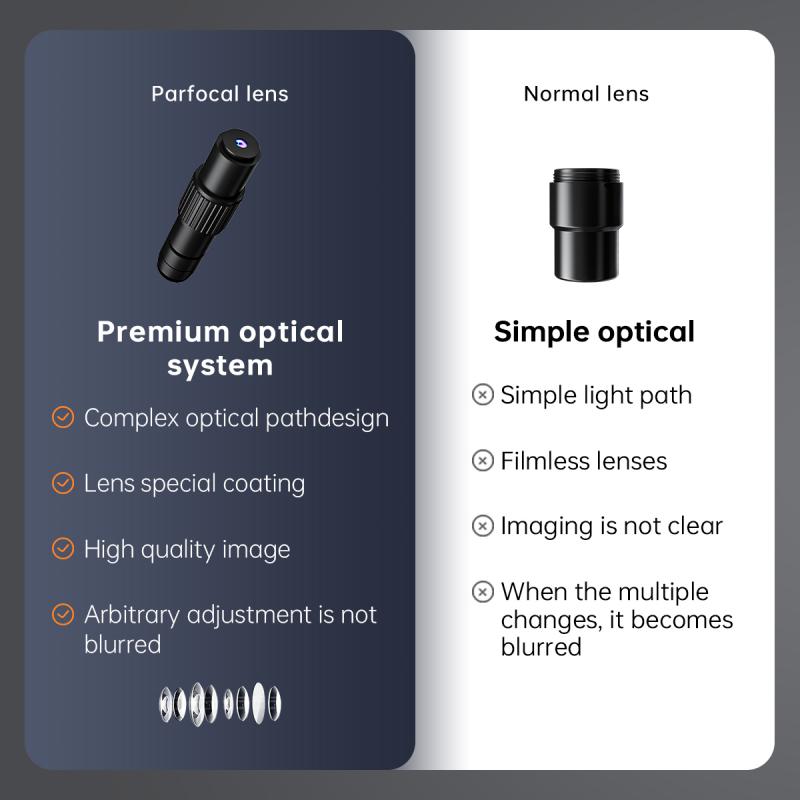
2、 Medium magnification (8x-10x) for versatile birdwatching and nature observation.
A good magnification for binoculars depends on the specific purpose and activity for which they will be used. For versatile birdwatching and nature observation, a medium magnification of 8x-10x is generally recommended. This range strikes a balance between providing sufficient detail and maintaining a wide field of view.
Medium magnification binoculars offer several advantages for birdwatching and nature observation. Firstly, they provide a comfortable viewing experience by reducing hand shake and allowing for a steadier image. This is particularly important when observing small, fast-moving birds or wildlife from a distance. Secondly, medium magnification binoculars offer a wider field of view compared to higher magnification models. This wider field of view allows for easier tracking of birds in flight or observing wildlife in their natural habitats.
In recent years, there has been a growing trend towards higher magnification binoculars, such as 12x or even 15x. These higher magnifications can provide more detailed views of distant objects, but they also have some drawbacks. Higher magnification binoculars tend to have a narrower field of view, making it more challenging to locate and track birds or wildlife. Additionally, they can be more difficult to hold steady without the aid of a tripod or other stabilization device.
Ultimately, the choice of magnification depends on personal preference and the specific needs of the user. Some birdwatchers and nature enthusiasts may prefer higher magnification for detailed observations, while others may prioritize a wider field of view for easier tracking. It is recommended to try out different magnifications and consider factors such as comfort, stability, and intended use before making a final decision.

3、 High magnification (10x-12x) for long-distance viewing and detailed observations.
A good magnification for binoculars depends on the intended use and personal preferences of the user. However, a high magnification range of 10x-12x is generally considered suitable for long-distance viewing and detailed observations.
Binoculars with a magnification of 10x-12x provide a closer view of distant objects, allowing users to see more details and observe fine features. This makes them ideal for activities such as birdwatching, wildlife observation, and stargazing. With higher magnification, users can better appreciate the intricate patterns on bird feathers, observe the behavior of animals from a safe distance, or explore celestial objects in the night sky.
It is important to note that higher magnification also comes with some trade-offs. As magnification increases, the field of view tends to decrease, making it more challenging to locate and track moving objects. Additionally, higher magnification can amplify hand movements, resulting in a shakier image. To mitigate this, binoculars with image stabilization technology or the use of a tripod can be beneficial.
In recent years, there has been a trend towards higher magnification binoculars, with some models offering magnifications of 14x or even 20x. While these can provide an even closer view, they may not be suitable for everyone. The increased magnification can make the image more sensitive to hand movements and can also reduce the amount of light entering the binoculars, resulting in a dimmer image.
Ultimately, the choice of magnification depends on the specific needs and preferences of the user. It is recommended to try out different magnifications before making a purchase to determine the most suitable option for the intended use.

4、 Ultra-high magnification (12x and above) for specialized applications and tripod use.
A good magnification for binoculars depends on the intended use and personal preferences of the user. Generally, a magnification range of 8x to 10x is considered ideal for most outdoor activities such as birdwatching, wildlife observation, and general sightseeing. This range strikes a balance between providing sufficient detail and maintaining a stable image.
However, for specialized applications such as astronomy or long-distance viewing, ultra-high magnification binoculars with a magnification of 12x and above may be more suitable. These binoculars allow for closer inspection of distant objects and can provide a more detailed view. However, it is important to note that higher magnification also increases the shake and instability of the image, making it difficult to maintain a steady view without the use of a tripod or other stabilization methods.
In recent years, there has been a trend towards higher magnification binoculars as manufacturers continue to improve image stabilization technologies. Some binoculars now offer image stabilization features that help reduce hand shake and provide a more steady view even at higher magnifications. This has made it possible for users to enjoy the benefits of ultra-high magnification without the need for a tripod in certain situations.
Ultimately, the choice of magnification depends on the specific needs and preferences of the user. It is recommended to try out different magnifications and consider factors such as intended use, stability, and personal comfort before making a decision.
